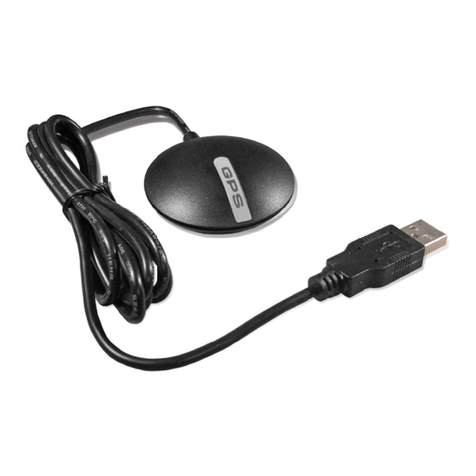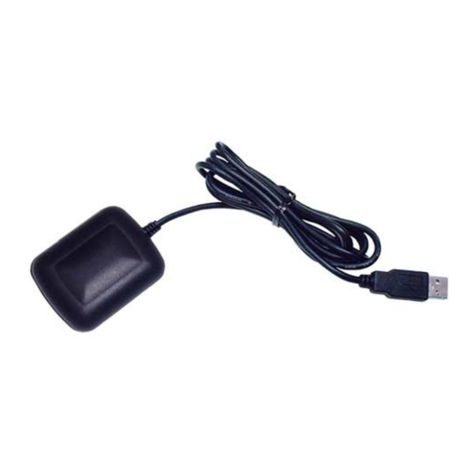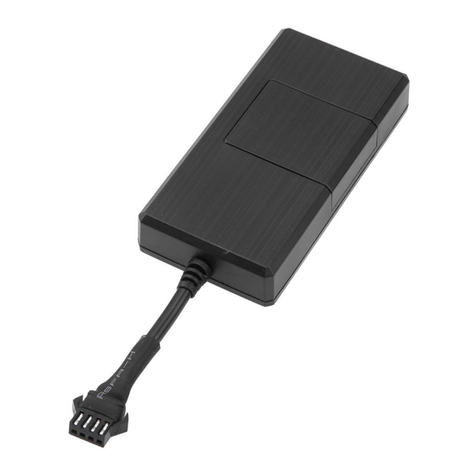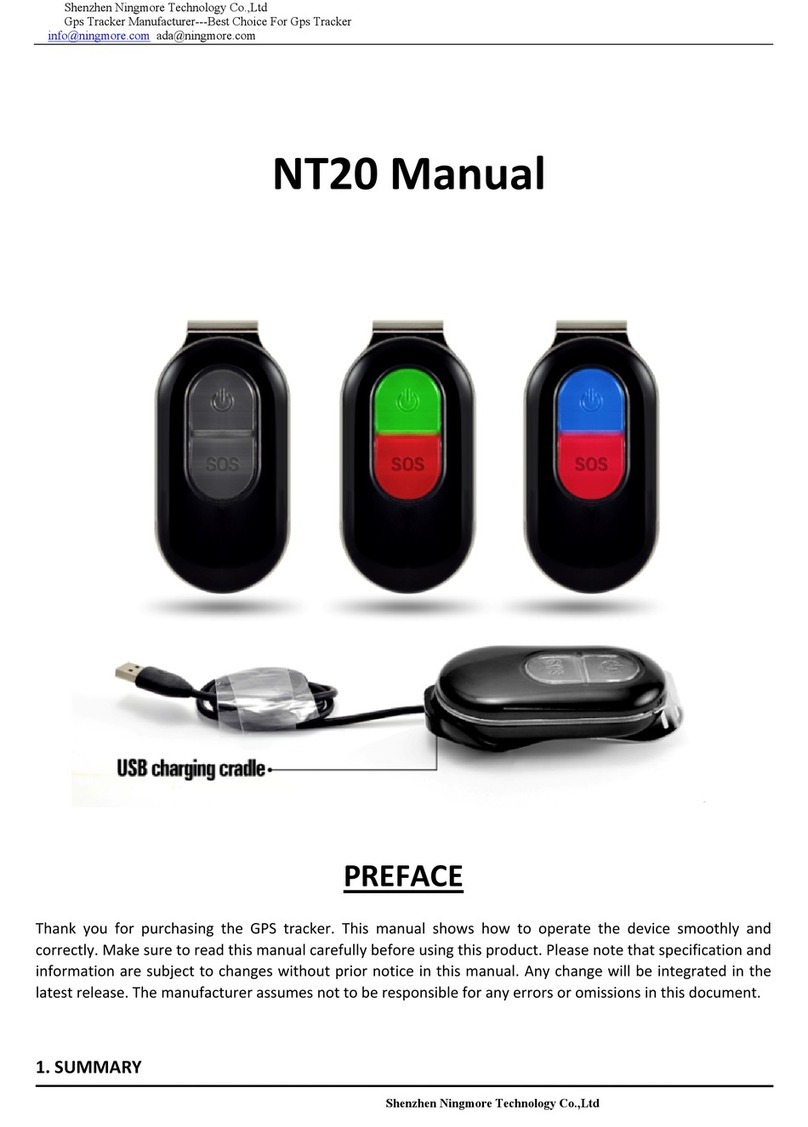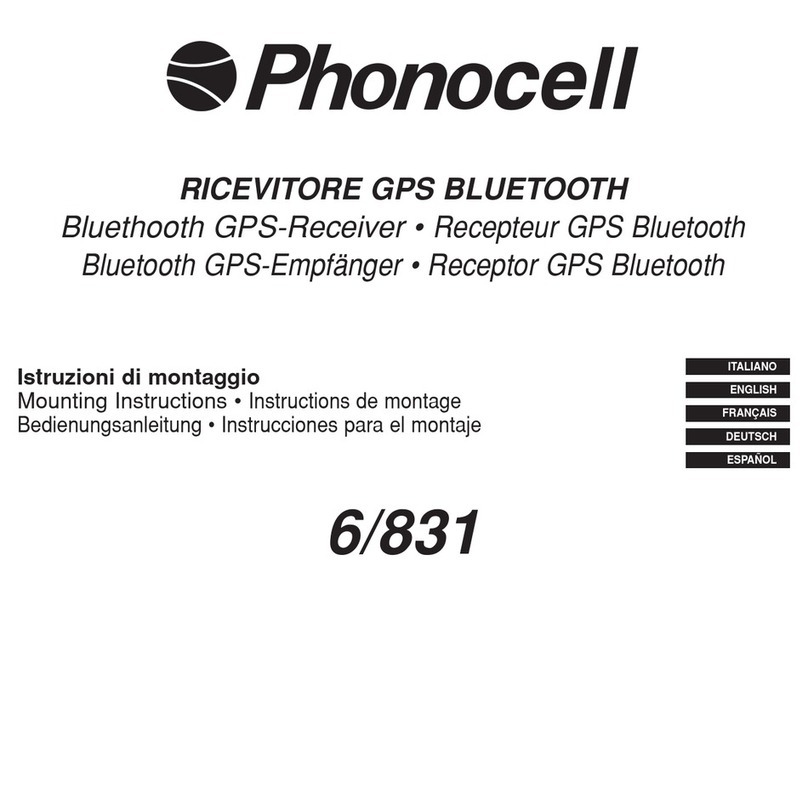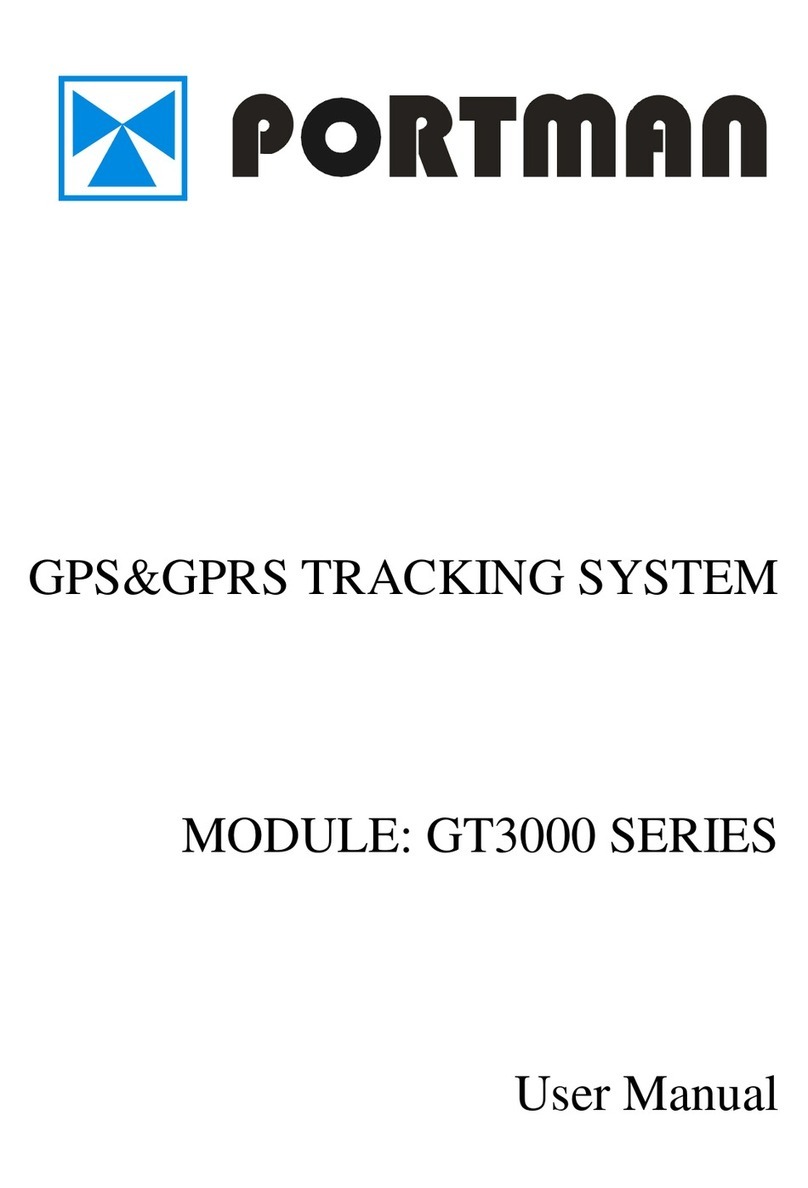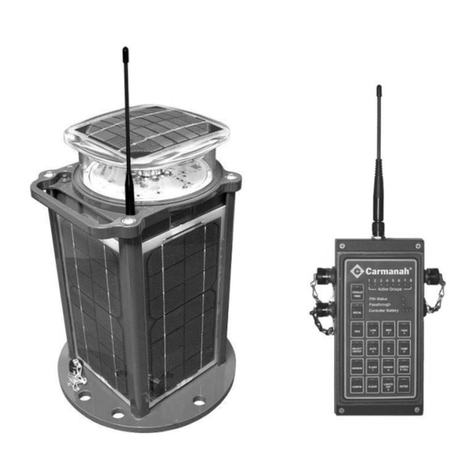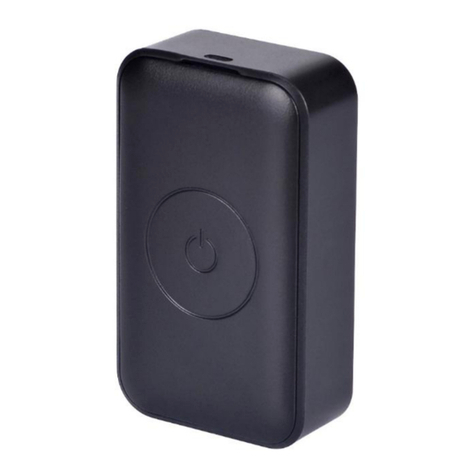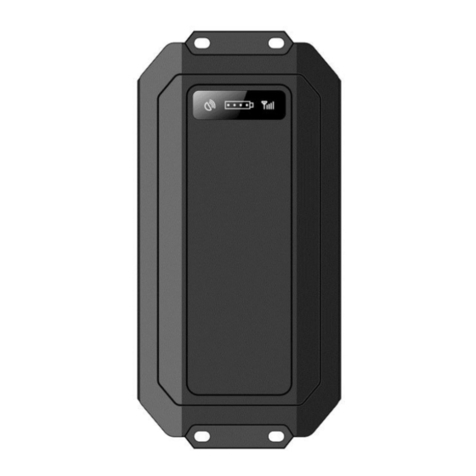Global Sat EM-408 User manual
















Other manuals for EM-408
1
Other Global Sat GPS manuals
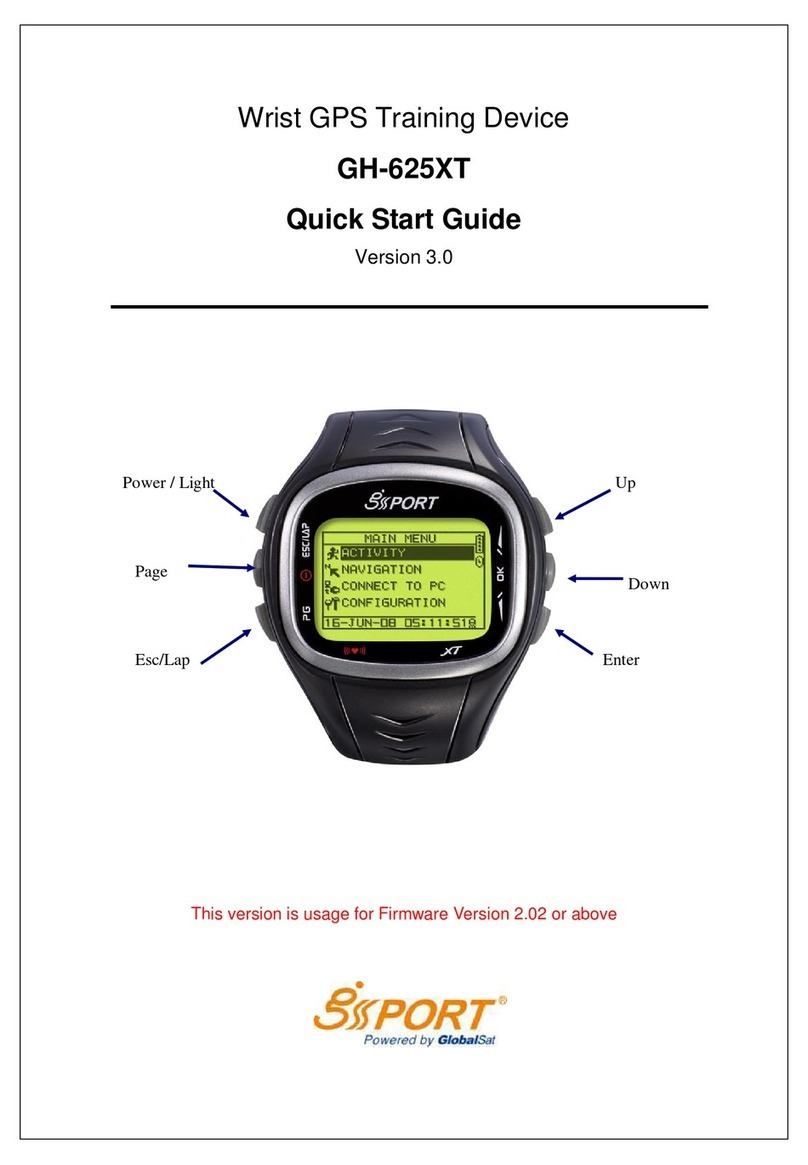
Global Sat
Global Sat GH-625XT User manual
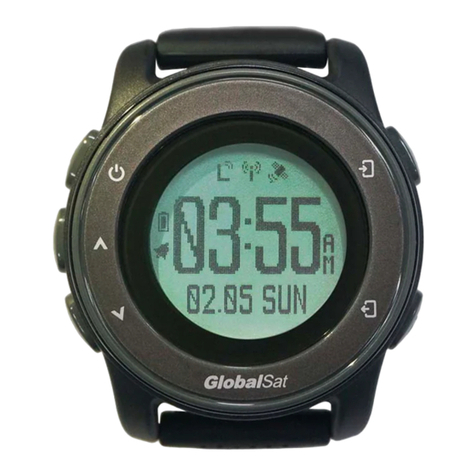
Global Sat
Global Sat LW-360HR User manual
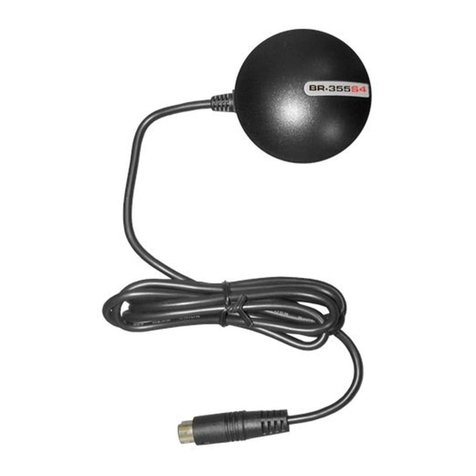
Global Sat
Global Sat BR-355S4 User manual
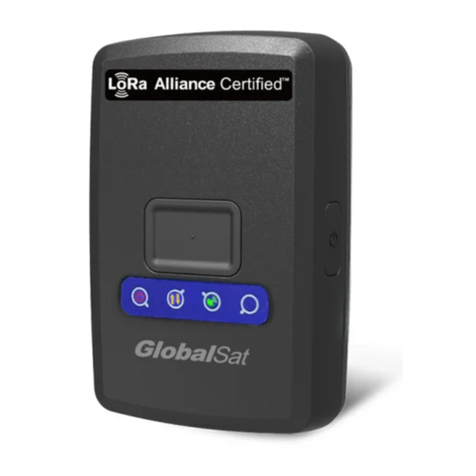
Global Sat
Global Sat LT-100 Series User manual
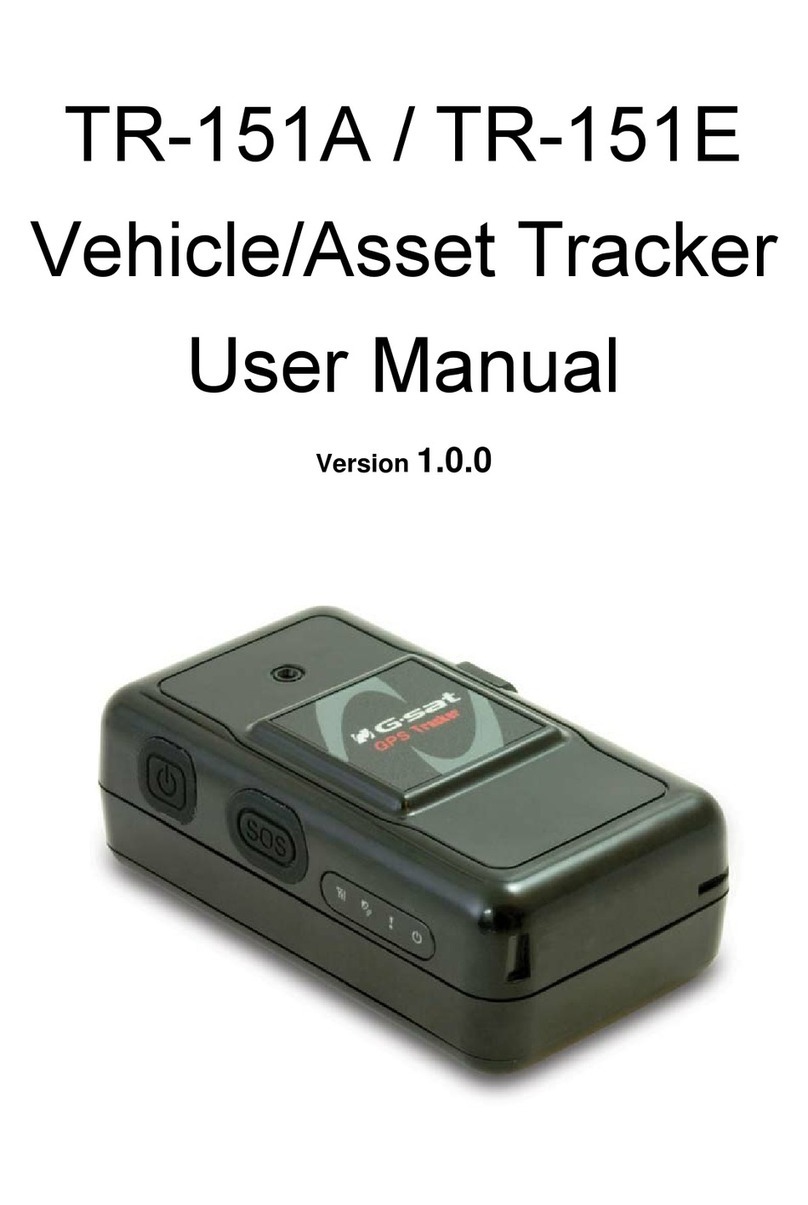
Global Sat
Global Sat TR-151A User manual

Global Sat
Global Sat GS-3212 User manual

Global Sat
Global Sat TR-313 User manual

Global Sat
Global Sat GTR-128 User manual
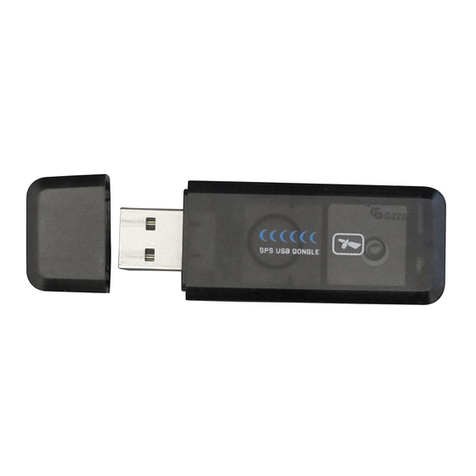
Global Sat
Global Sat USB GPS Dongle ND-100 User manual
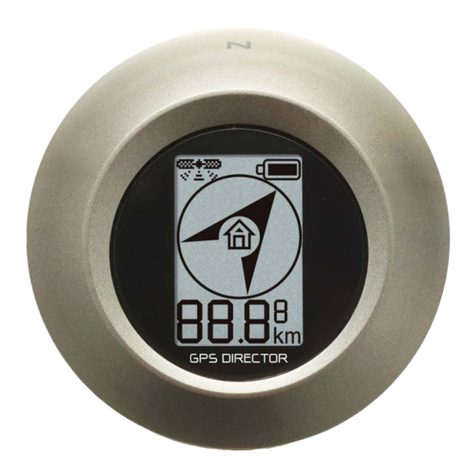
Global Sat
Global Sat GPS Director YE-GD101 User manual
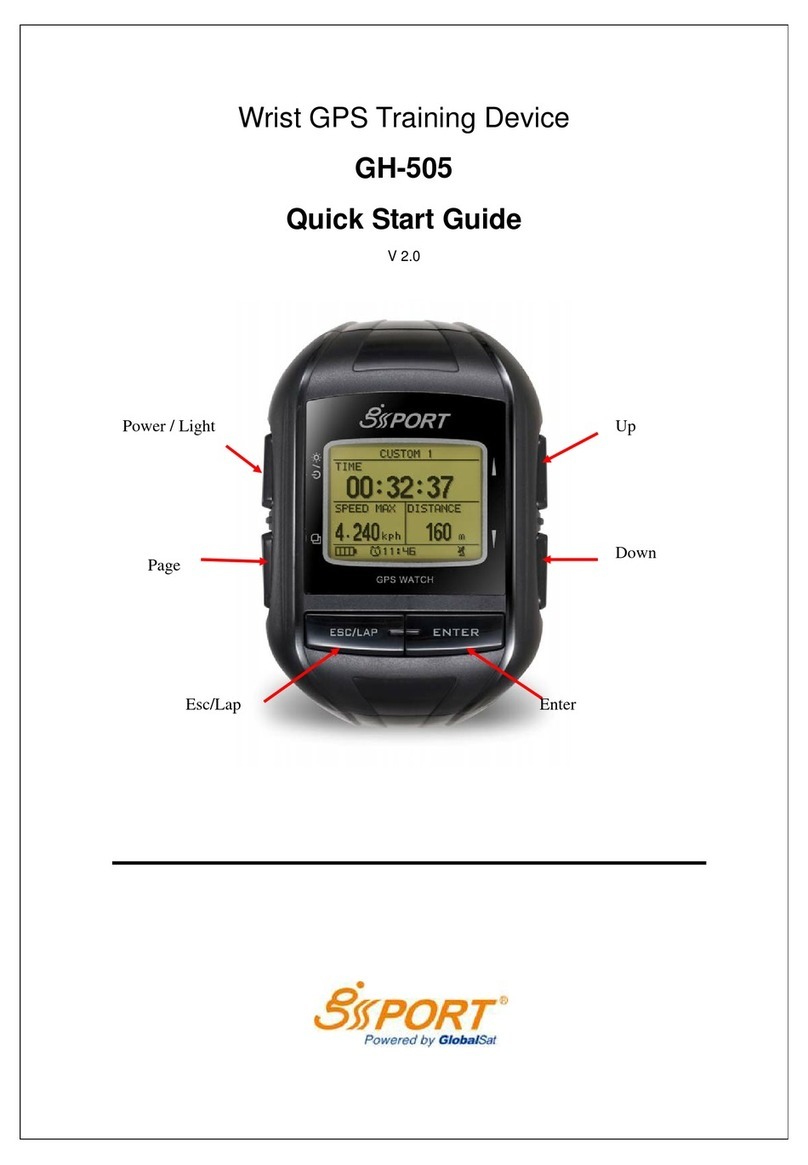
Global Sat
Global Sat GH-505 User manual
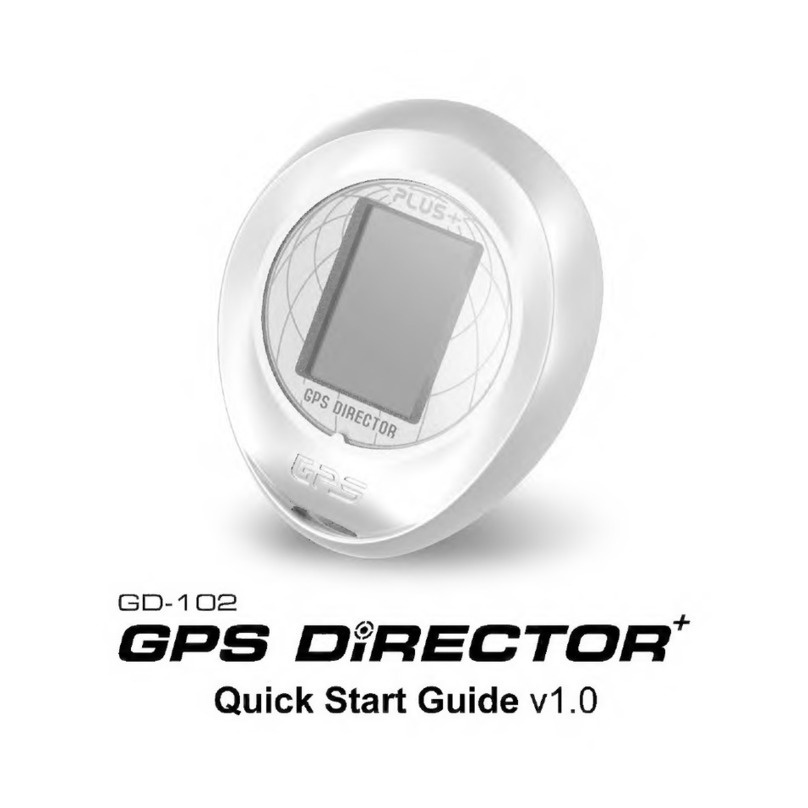
Global Sat
Global Sat GD-102 User manual
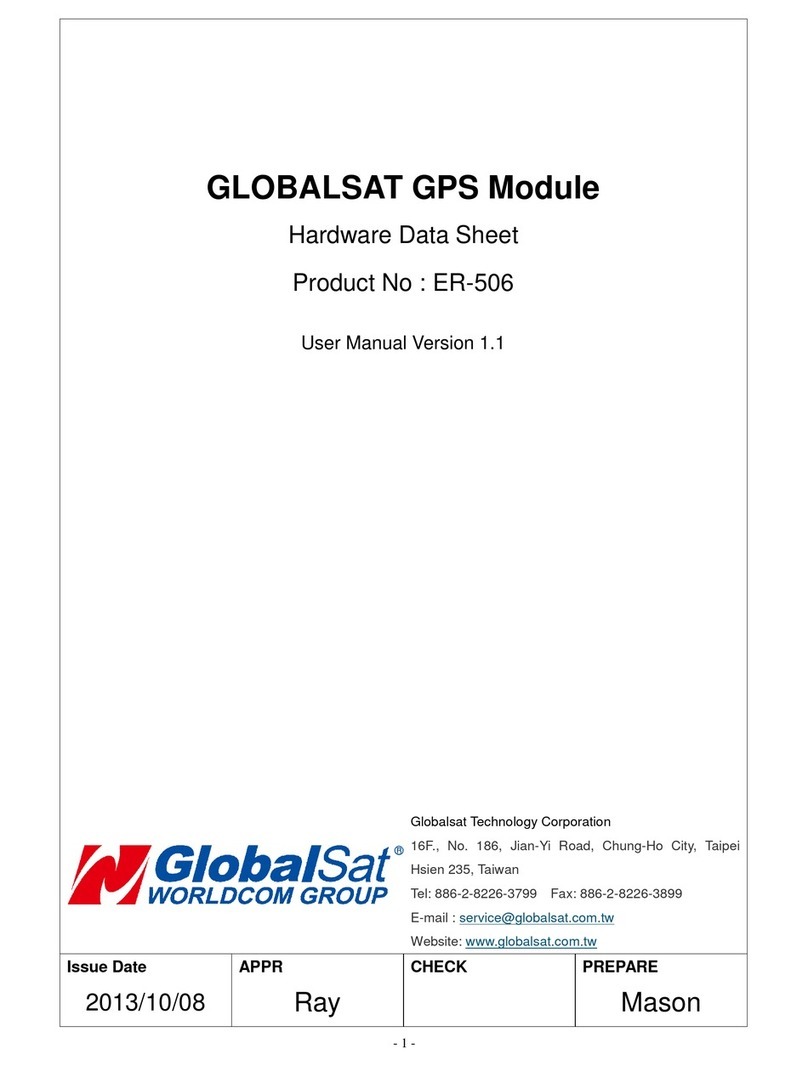
Global Sat
Global Sat ER-506 Instruction Manual

Global Sat
Global Sat ET-112 User manual
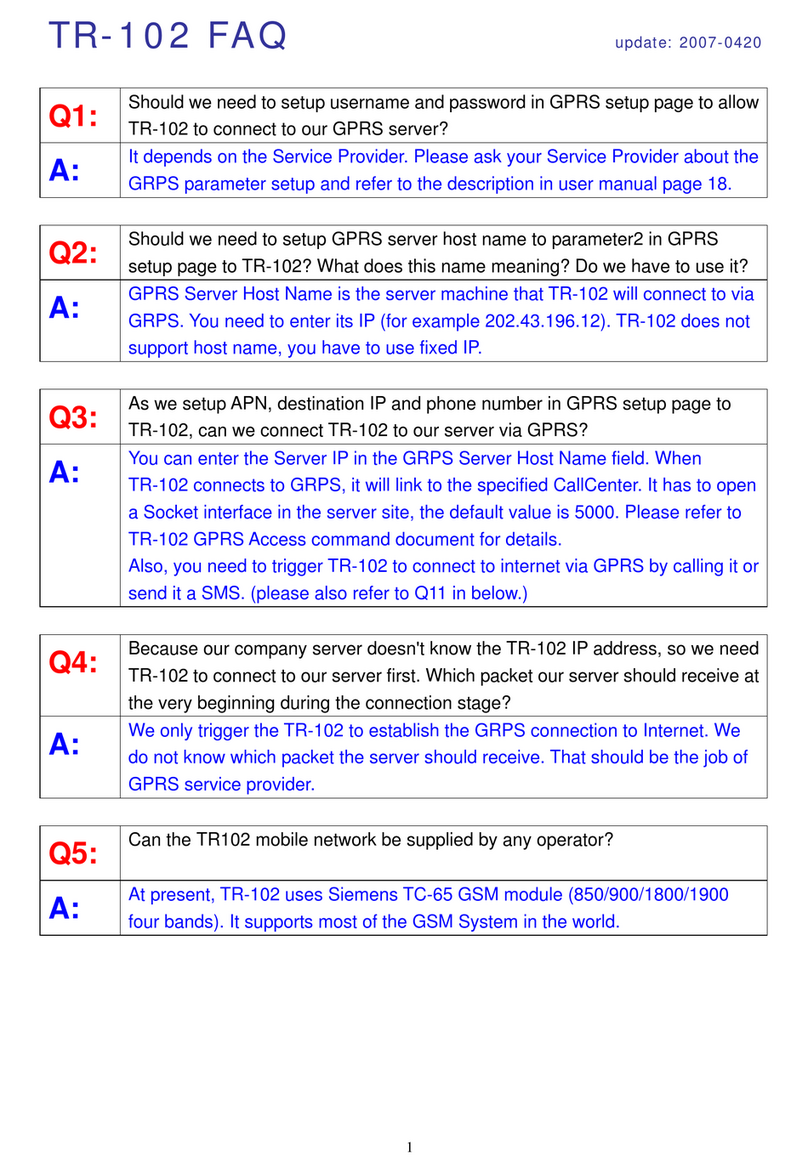
Global Sat
Global Sat TR-102 Instruction Manual
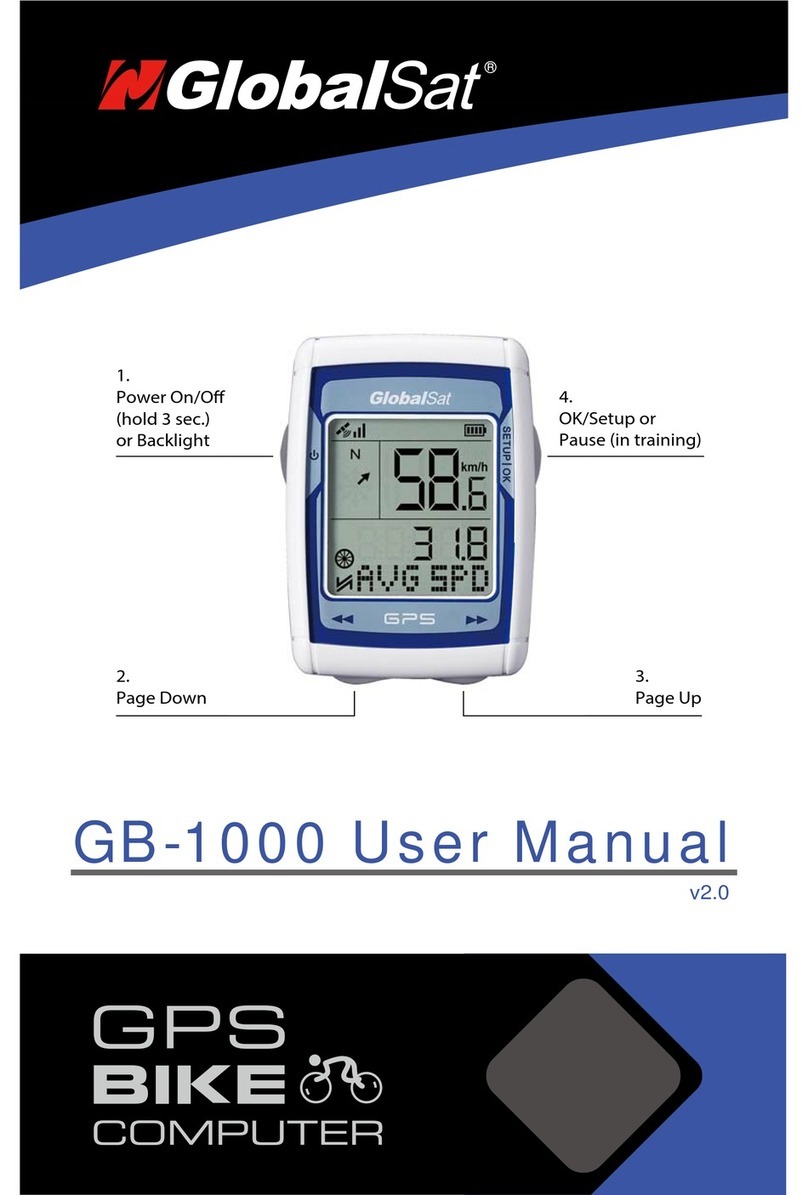
Global Sat
Global Sat GB-1000 User manual
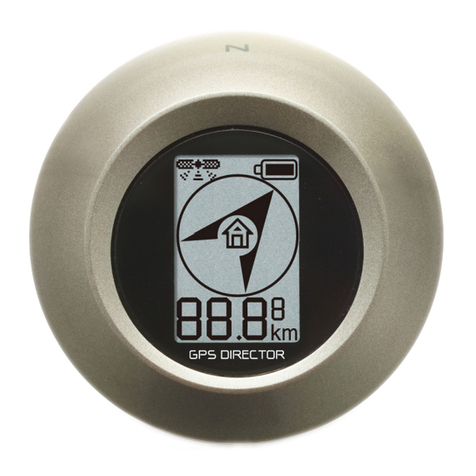
Global Sat
Global Sat GD-101 User manual
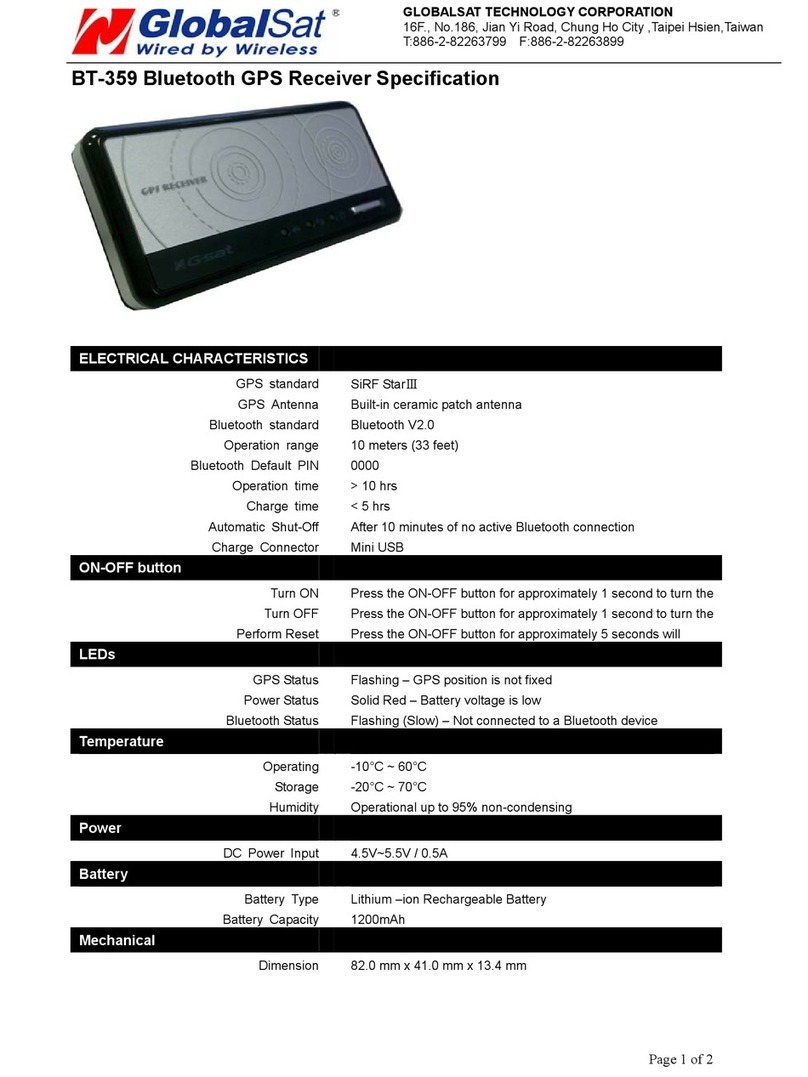
Global Sat
Global Sat Globalsat BT-359 User manual
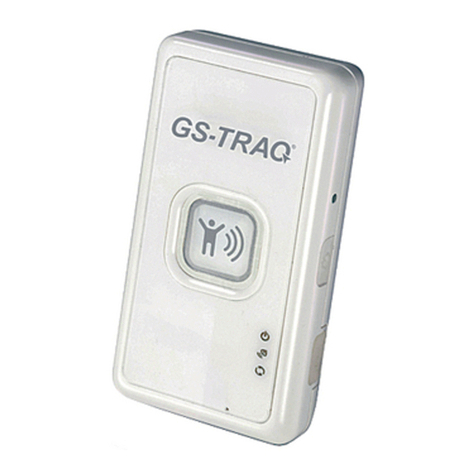
Global Sat
Global Sat TR-203A User manual
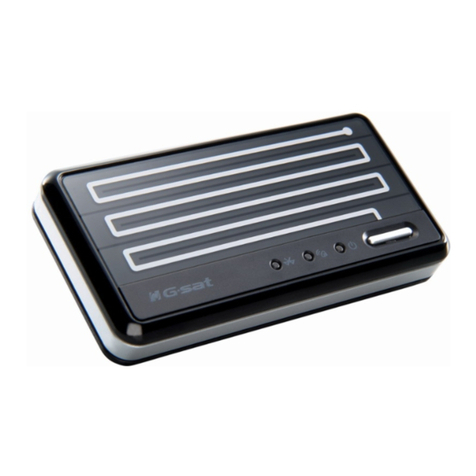
Global Sat
Global Sat Globalsat BT-359 User manual
Popular GPS manuals by other brands

FiveCubits
FiveCubits Tracklt VMX:TREQ MDT Hardware Installation & Configuration
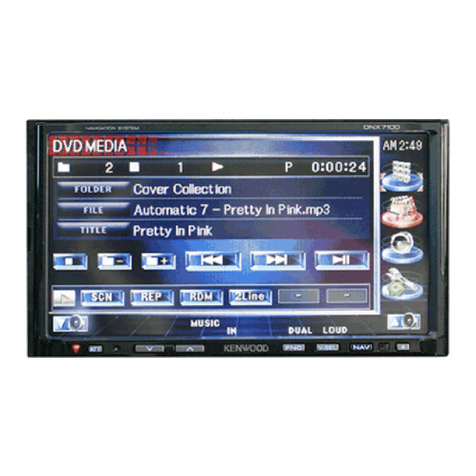
Kenwood
Kenwood DNX7100 - Navigation System With DVD player user guide

TecTecTec
TecTecTec ULT-G manual
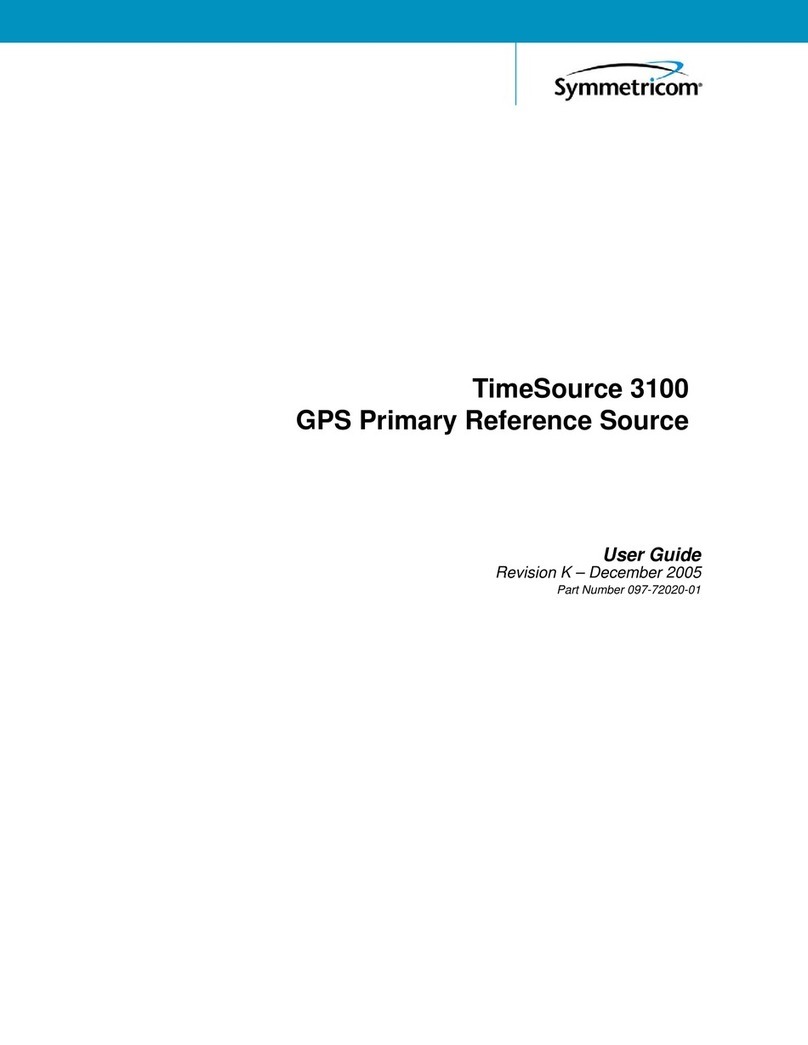
Symmetricom
Symmetricom TimeSource 3100 user guide

Shenzhen V-san Electronics
Shenzhen V-san Electronics TLT-2H instruction manual

Rojone
Rojone EziTraK installation manual

